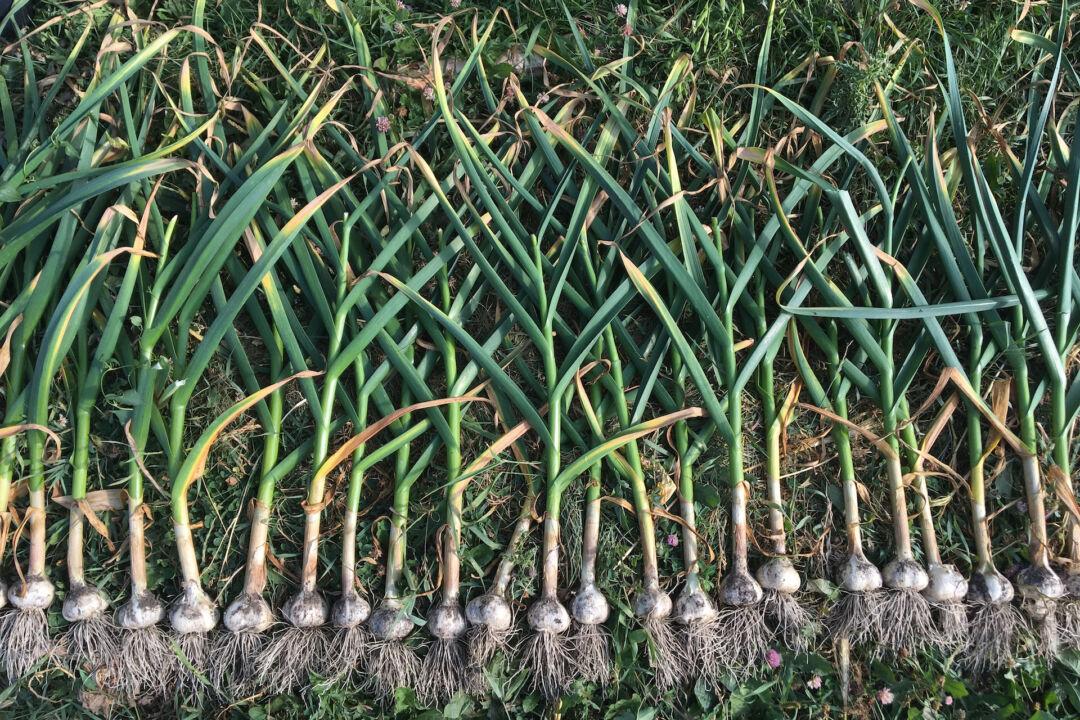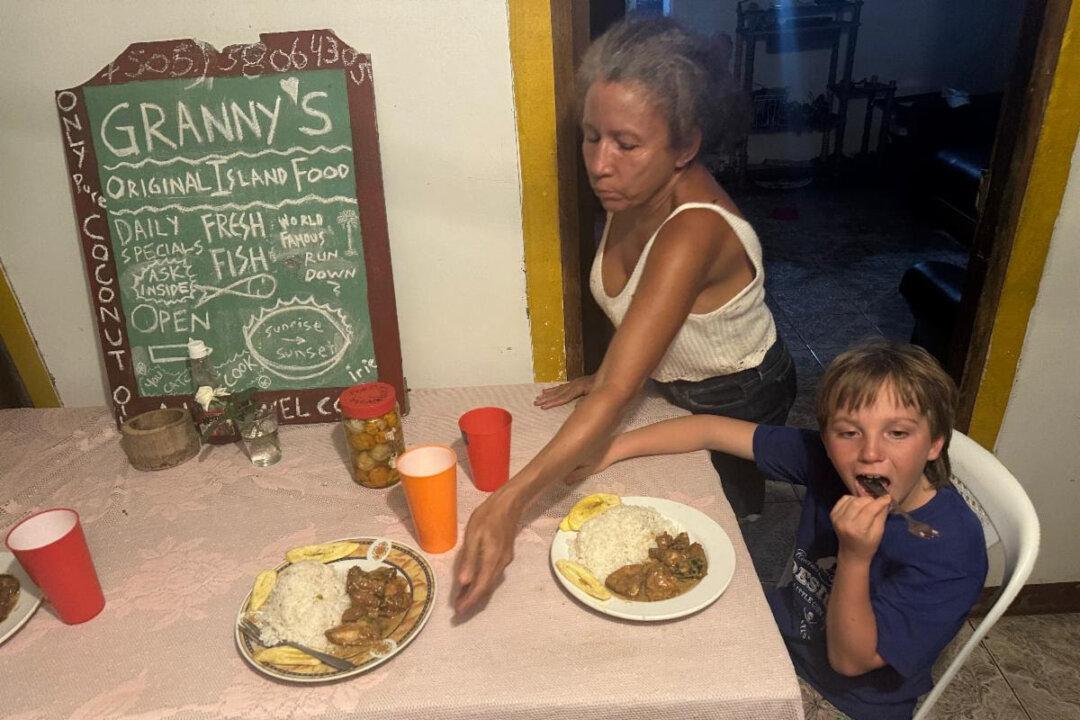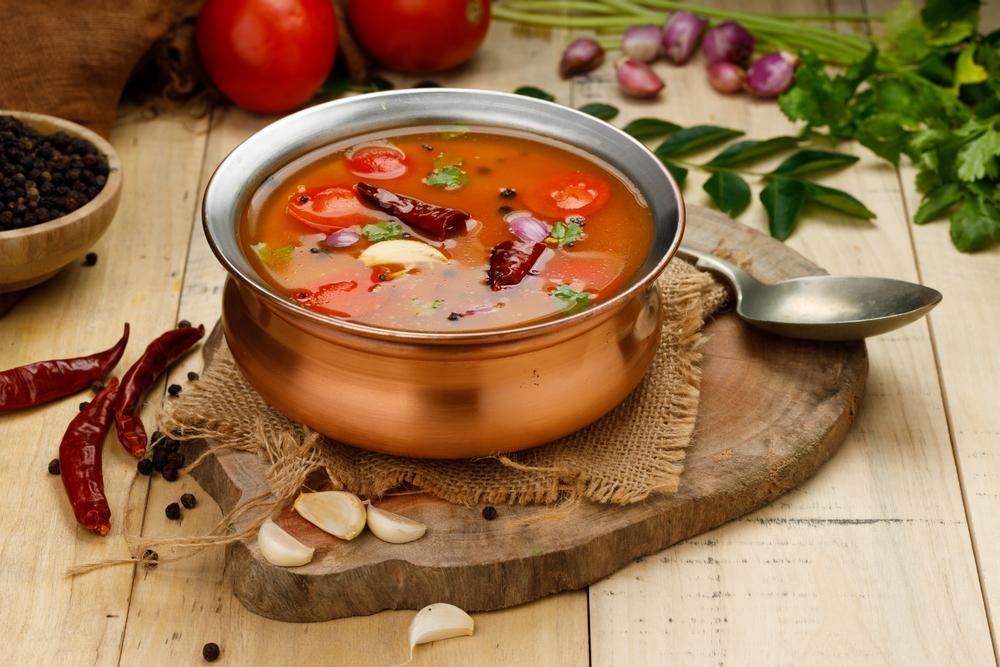The summer solstice is in the rearview mirror. Even though the hottest days are before us, the longest days have passed.
If you haven’t planted your tomatoes or melons yet, you might not bother. The plants will grow like steroid abusers, but there isn’t time for the fruit to ripen. Or maybe you’ll get one small melon. Trust me, I’ve been there.
But there is a silver lining to the inevitable cooling. This is the beginning of the fall gardening season. It’s your last chance to sow quick-growing, heat-tolerant plants, like peas, beans, and cucumbers, and time to start sowing your cold-loving crops, like lettuce, spinach, beets, broccoli, mustard, cabbage, collards, carrots, kale, and radishes, which can live well into winter. So if you’re willing to cover your greens with blankets and even build cold frames around them, you can coax a four-season harvest out of most planting zones.
For more details on four-season farming, consult the books of Eliot Coleman, of Four Season Farm in Maine, who eats local salad all year long and has written several books, including “Four Season Harvest.” And if you think you want to give it a shot, by all means, plant now and read later!
For newbie gardeners who may or may not want to try the winter gardening thing, a fall garden is a final shot at redemption. If your corn isn’t going to be knee-high by the Fourth of July, or your tomatoes will still be green when the frost hits, or if you haven’t even gotten around to digging up your garden, or you’re otherwise behind the ball, you might be ready to try again this fall. Starting now, I think I mentioned?
For experienced gardeners, planting the fall garden is a second spring’s worth of work, with all of the excitement that goes with it. Yes, it’s another garden chore to add to the weeding, watering, and harvesting of summer. But this is also the beginning of a whole new, cold-weather garden that could be babied long after the winter solstice, and into the lengthening days. It’s cause for celebration.
The reason to wait until the summer solstice has passed before planting winter greens is that the pre-solstice lengthening days can cause many leafy plants to bolt, which is something like when a human hits puberty. Changes happen. Irreversible changes, not all of them good. Changes in size, shape, and flavor. The plant essentially becomes a long, central flowering stalk, and the leaves get pointy and develop extra-bitter flavor. Now that solstice has passed, you can sow your fall greens, either by direct seed or by planting little starts, without risk of them bolting.

A Solstice Salad
Every seven years, the summer solstice falls on Father’s Day, and both days make me think of lettuce. Solstice, of course, because it divides the spring and fall seasons of lettuce, and Father’s Day because my dad used to make the most amazing lettuce salad.Dad’s Salad
This is the salad I grew up eating, and the ultimate side salad.- 1 head romaine lettuce, washed and chopped
- 2 tomatoes, sliced for salad
- 1/2 medium onion, minced
- 1 clove garlic, minced or pressed
- 1 teaspoon salt
- Olives and feta to taste
- 1/4 cup cider vinegar
- 1/4 cup balsamic vinegar
- 3/4 cup olive oil
Mix the dressing ingredients vigorously and dress the salad, tossing as lightly as possible. Garnish with olives and feta.





